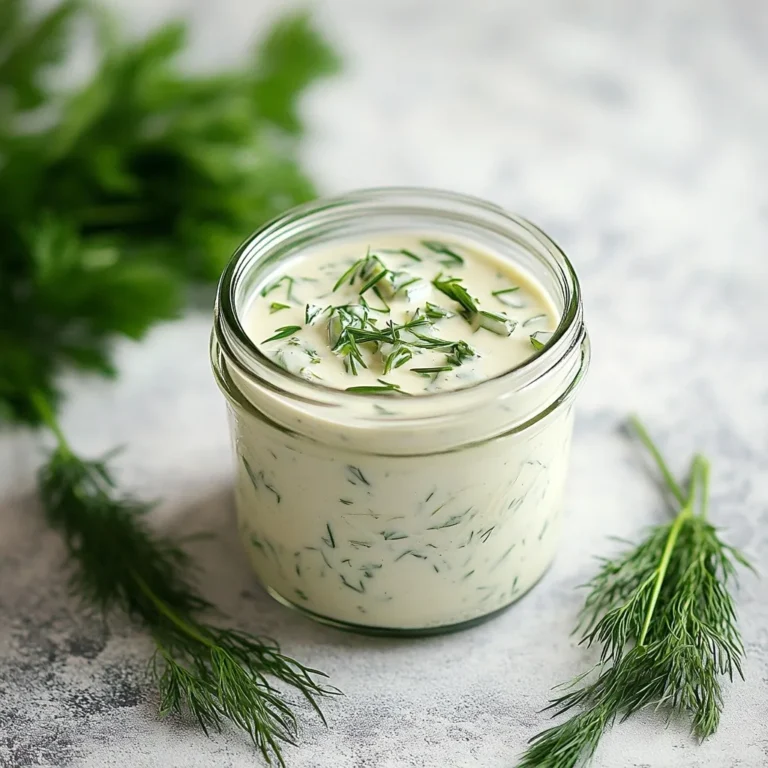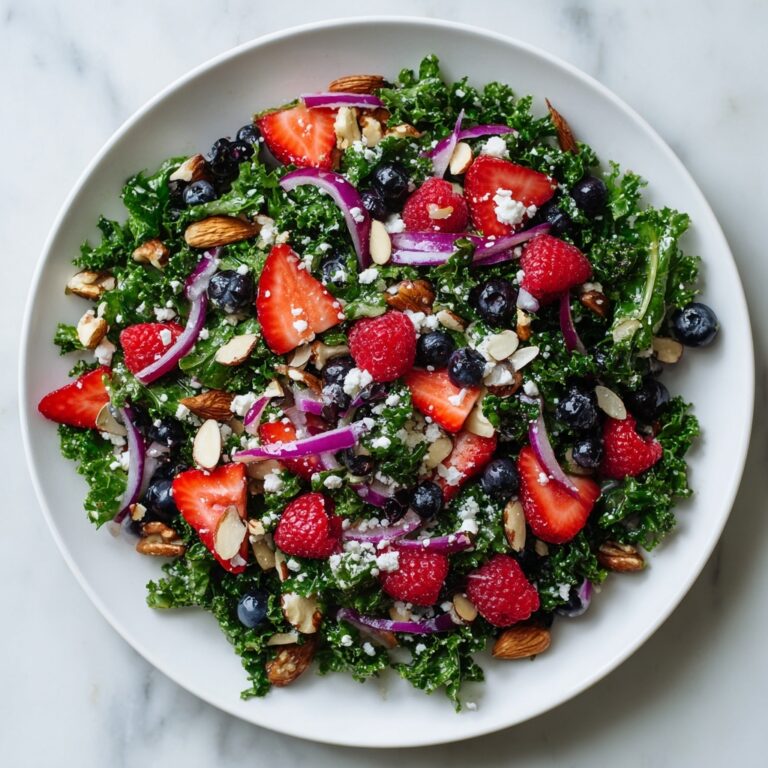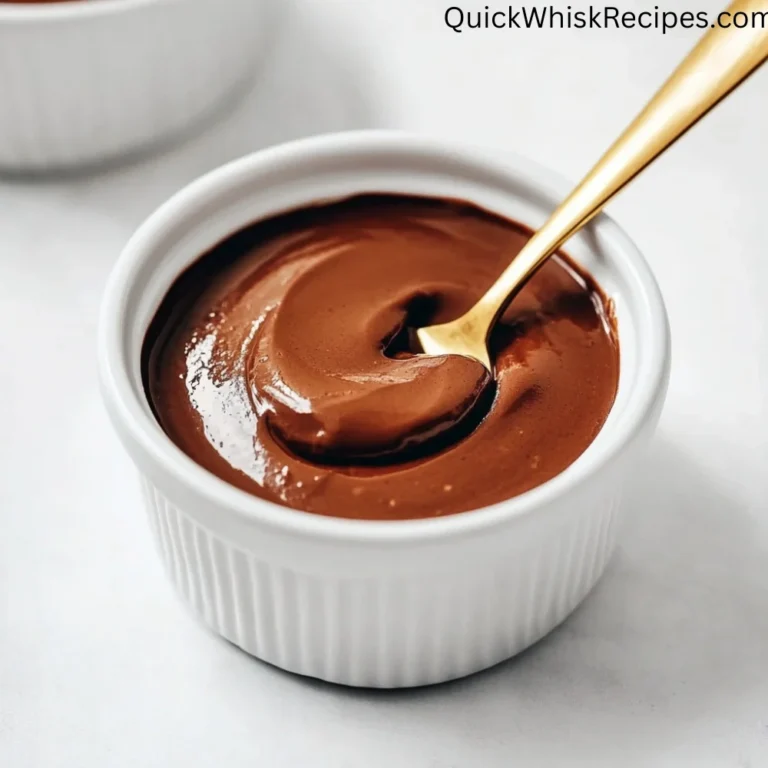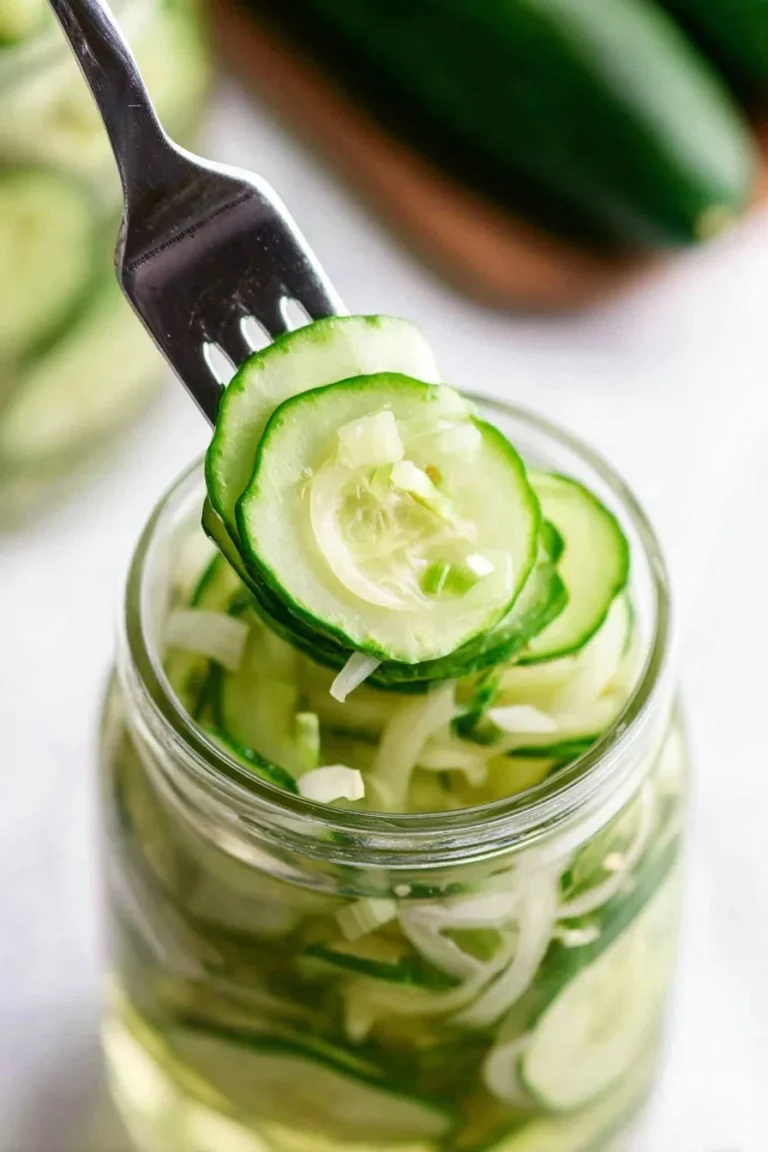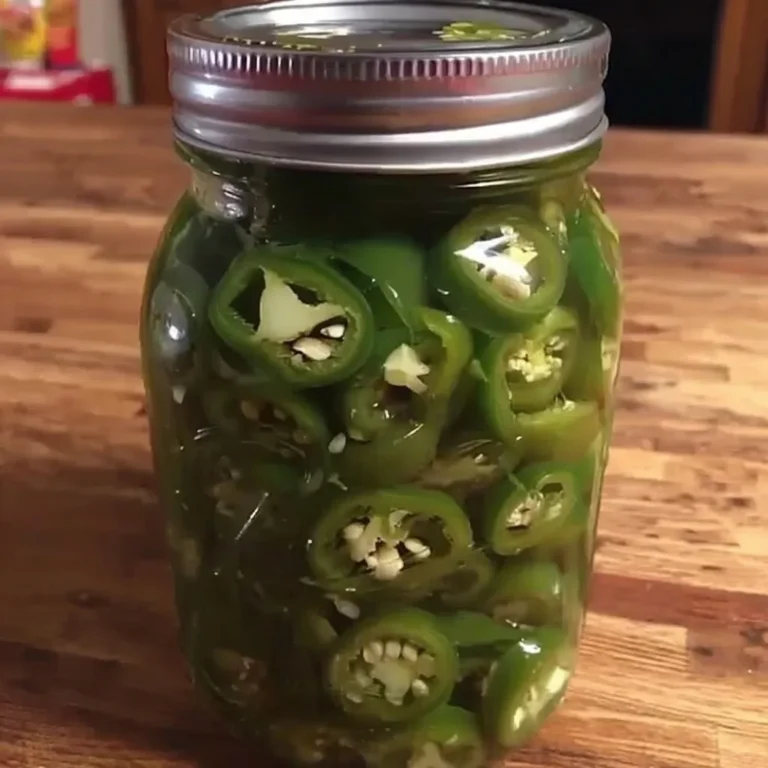How to Make Cashew Cheese: My Favorite Homemade Recipe
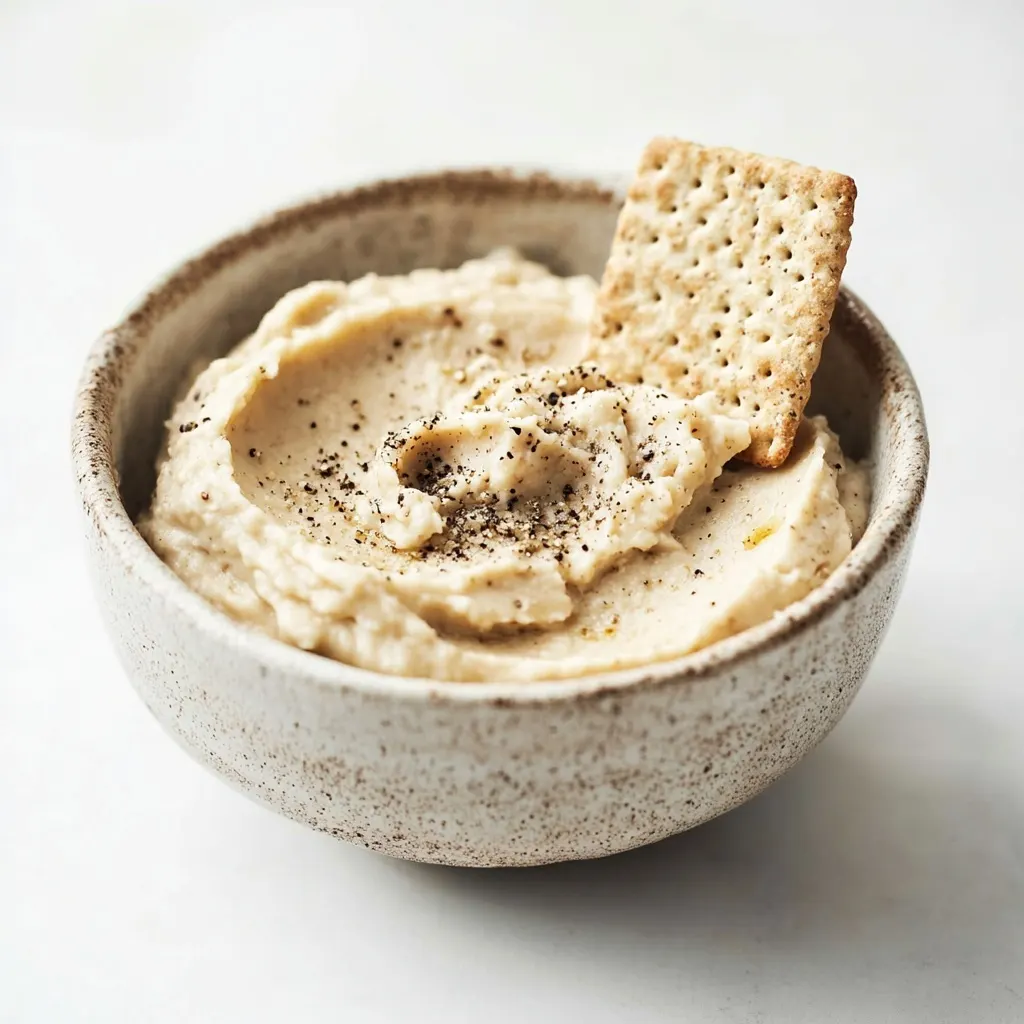
I’ll be honest — when I first went dairy-free, cheese was the thing I missed most. But once I discovered cashew cheese, everything changed. It’s creamy, tangy, rich, and honestly addictive. Over the years, I’ve tested batch after batch to land on the version I now make weekly.
This cashew cheese recipe is my go-to for everything from spreading on toast to stirring into pasta. It comes together with just a few simple ingredients and a blender — no weird additives, no complicated steps. Whether you’re fully plant-based or just looking for a delicious dairy-free option, I promise this recipe will become a favorite in your kitchen too.
Let’s get into it — I’ll show you exactly how I make cashew cheese from scratch, with step-by-step tips and flavor ideas along the way.
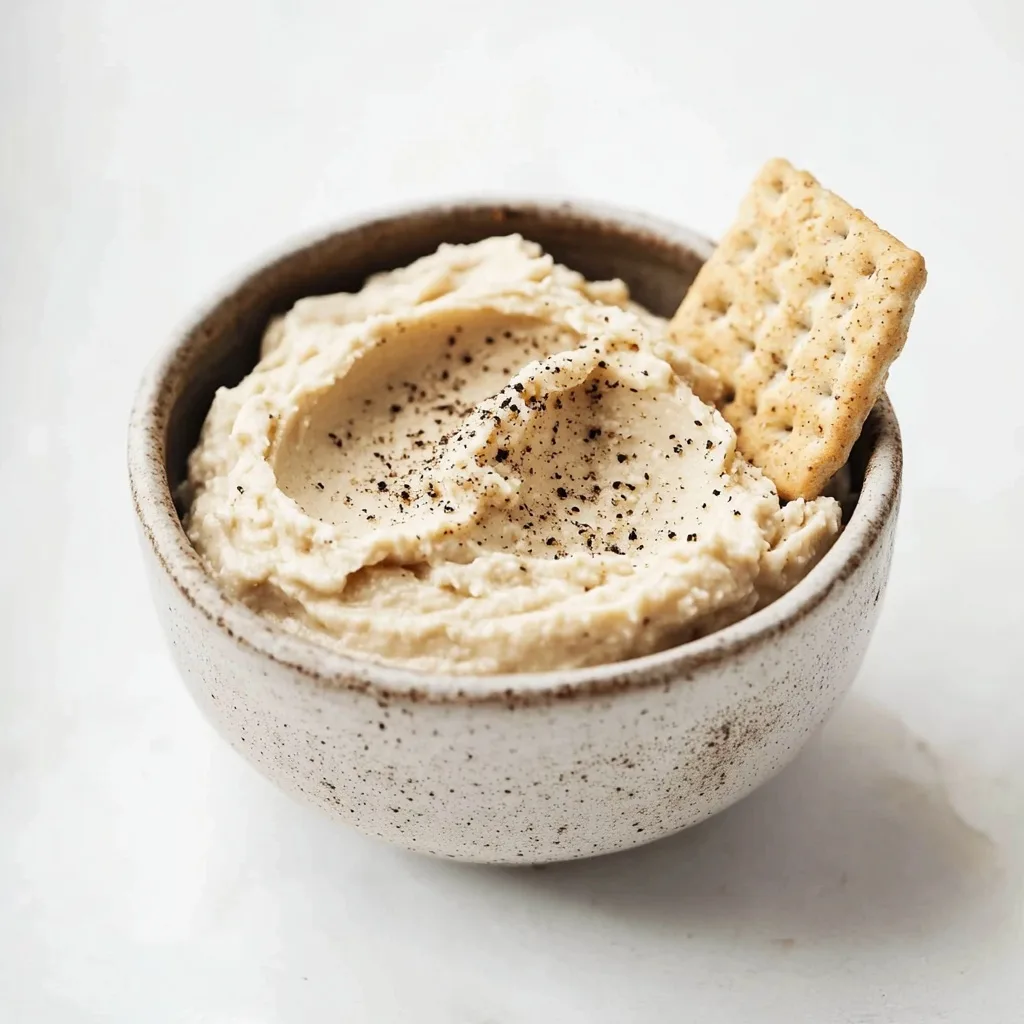
What Is Cashew Cheese?
Cashew cheese is one of those magical recipes that totally redefines what plant-based food can be. It’s a smooth, spreadable “cheese” made from soaked cashews, blended until creamy with ingredients like lemon juice, garlic, and nutritional yeast.
What I love most is how versatile it is — you can make it tangy and sharp like a cream cheese, or mellow and herb-packed for dipping. Unlike some store-bought vegan cheeses, this one tastes fresh, real, and deeply satisfying. No mystery ingredients. Just whole foods and a blender.
And the best part? Once you try it, you’ll never feel like you’re missing out on cheese again. This is the kind of recipe that wins over even the most skeptical cheese lovers.
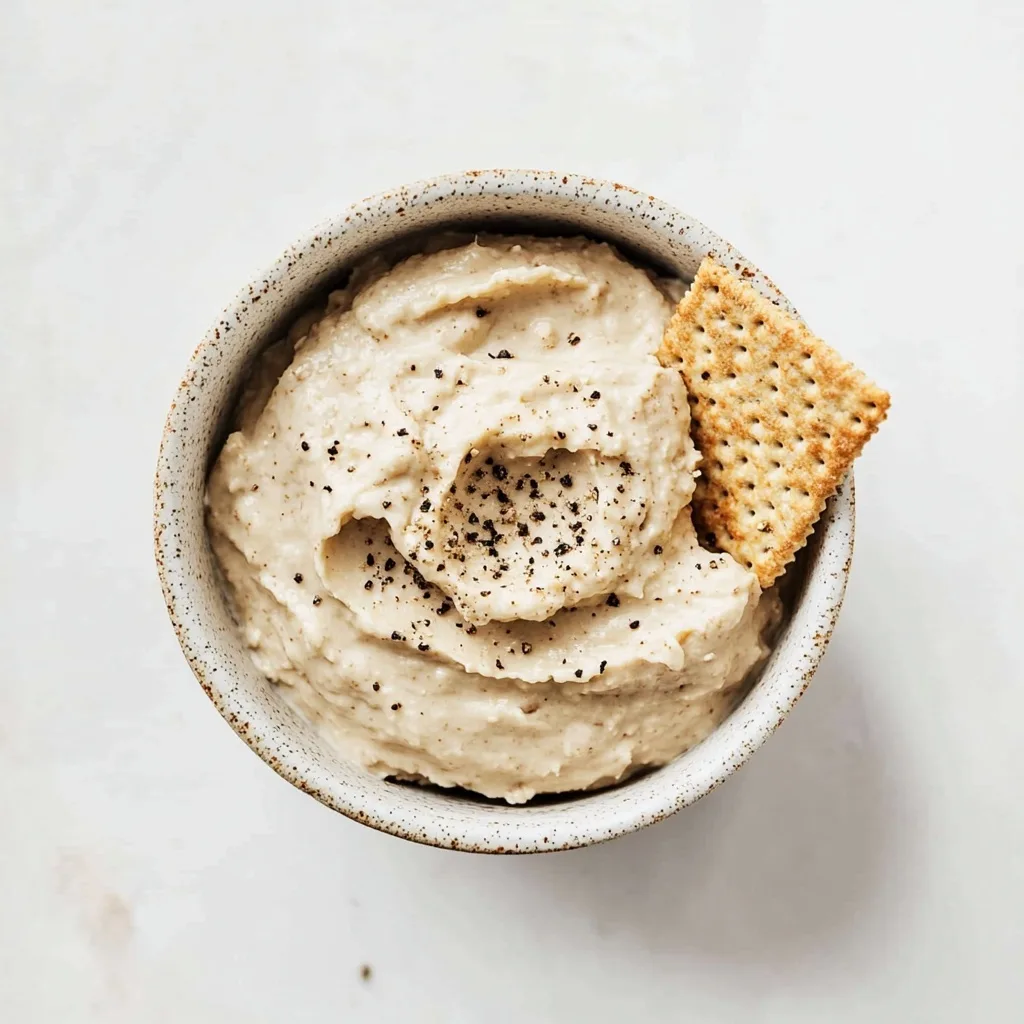
Ingredients You’ll Need
One of the things I love most about this recipe is how simple the ingredient list is. You don’t need anything fancy — just a few pantry staples and a blender.
Here’s what you’ll need:
- 1 cup (150g) raw cashews
- 1/4 cup (60ml) water (for blending)
- 2 tablespoons (15g) nutritional yeast
- 1 tablespoon (15ml) lemon juice
- 1/2 teaspoon (1g) garlic powder
- 1/2 teaspoon (3g) salt
Optional Add-Ins I Personally Love:
- A dash of Dijon mustard for a zippy tang
- A pinch of smoked paprika for a deeper, smoky flavor
- A clove of fresh garlic if you want a stronger punch
- 1 tsp maple syrup for a little sweet contrast
- Fresh herbs like dill, parsley, or chives for a herby twist
How to Make Cashew Cheese (Step-by-Step)
This recipe couldn’t be easier. If you’ve got a blender and about 10 minutes, you’re good to go. Here’s how I make it from start to finish:
1. Soak the Cashews
If you’re planning ahead, soak the cashews in room temperature water for 4–6 hours (or overnight). But if you’re in a rush (like I usually am), just pour boiling water over them and let them sit for 15 minutes. They’ll soften up beautifully.
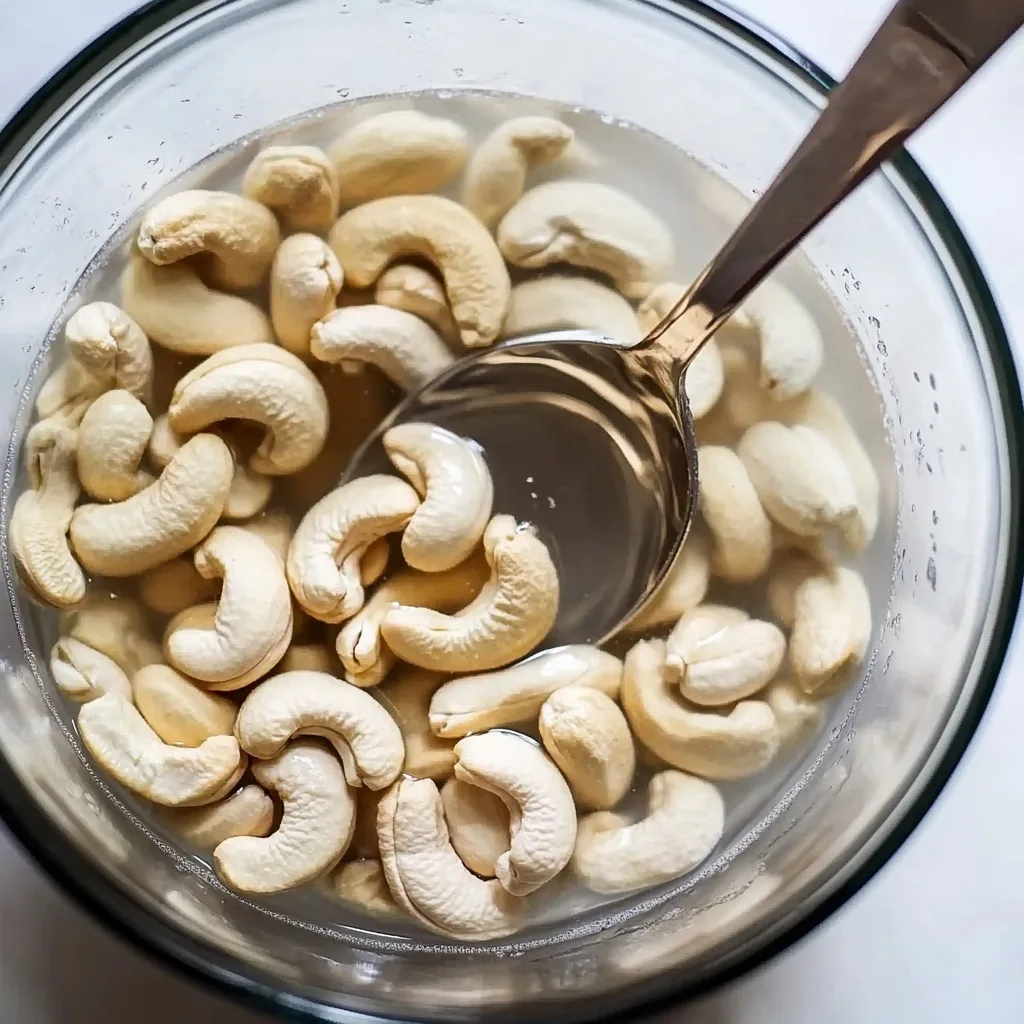
2. Drain and Rinse
Once soaked, drain the cashews and rinse them under cool water. This helps remove any bitterness and makes them blend more smoothly.
3. Add Everything to the Blender
Toss the soaked cashews into your blender along with the water, lemon juice, nutritional yeast, garlic powder, and salt. Start blending on low, then work your way up to high speed.
4. Blend Until Creamy
This part might take a minute or two depending on your blender. Scrape down the sides as needed.
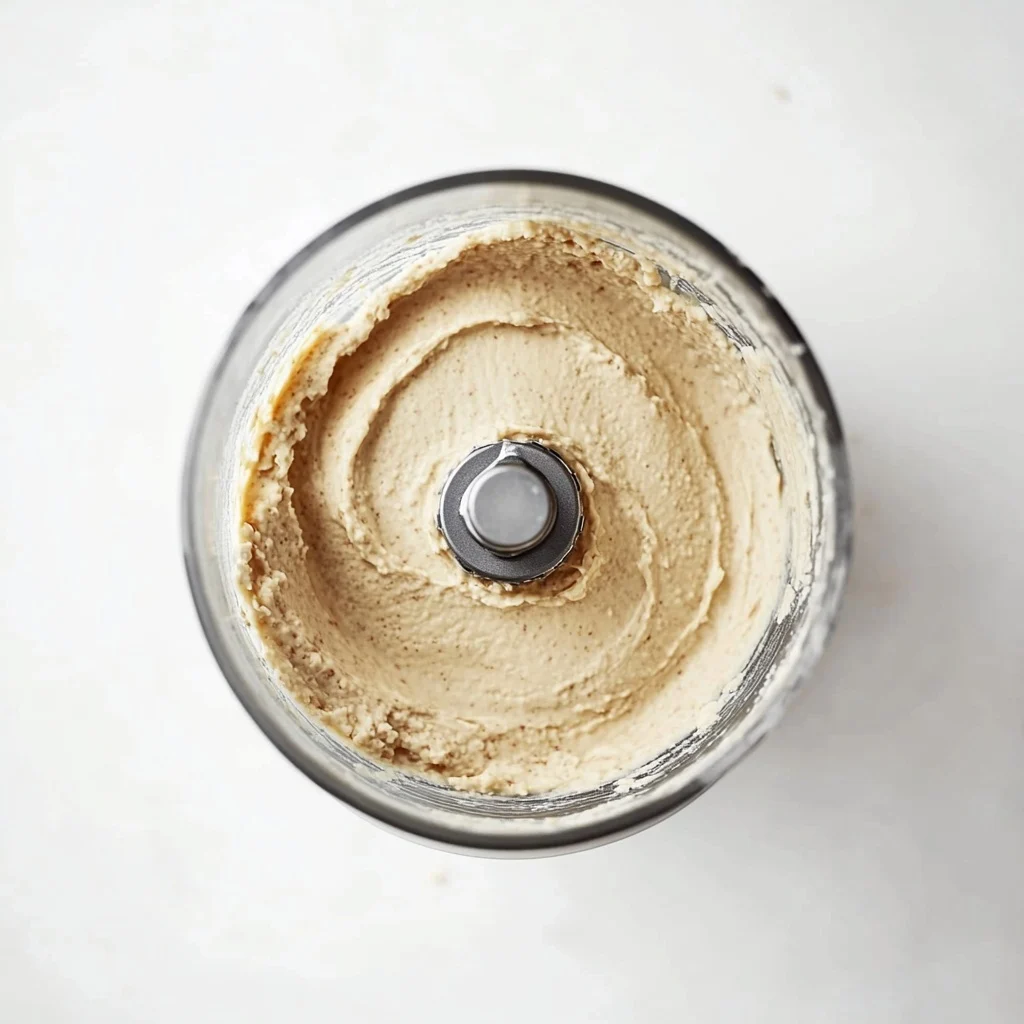
Flavor Variations I Love
Once you’ve got the basic cashew cheese down, you can have a lot of fun with it. I switch things up all the time depending on what I’m craving or what I have in the fridge. Here are a few of my favorite twists:
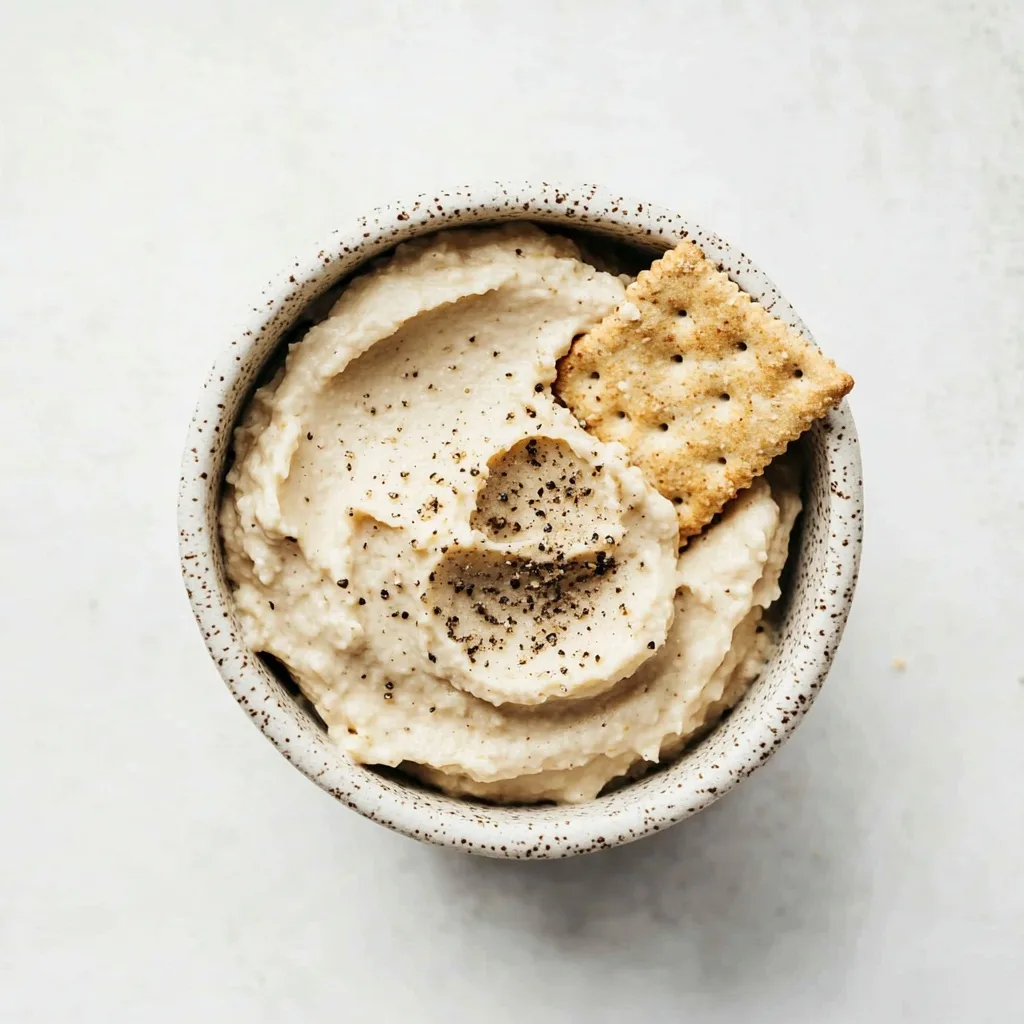
Smoky-Sweet
Add 1/2 teaspoon smoked paprika and 1 teaspoon maple syrup. It’s got a BBQ-style depth with just a hint of sweetness — amazing on veggie burgers.
Herby & Fresh
Stir in 2 tablespoons of finely chopped fresh herbs like dill, parsley, or chives. This one’s perfect for spreading on toast or dipping roasted potatoes.
Garlicky Kick
Add a small raw garlic clove and a pinch of cayenne pepper for some heat. I love this version as a pasta sauce base — just thin it out with a little water.
Tangy Ricotta Style
Swap the lemon juice for apple cider vinegar and skip the garlic powder. It makes a great vegan ricotta for lasagna or stuffed shells.
The best part? You can totally make this your own. Don’t be afraid to experiment and tweak based on your taste — I do it all the time.
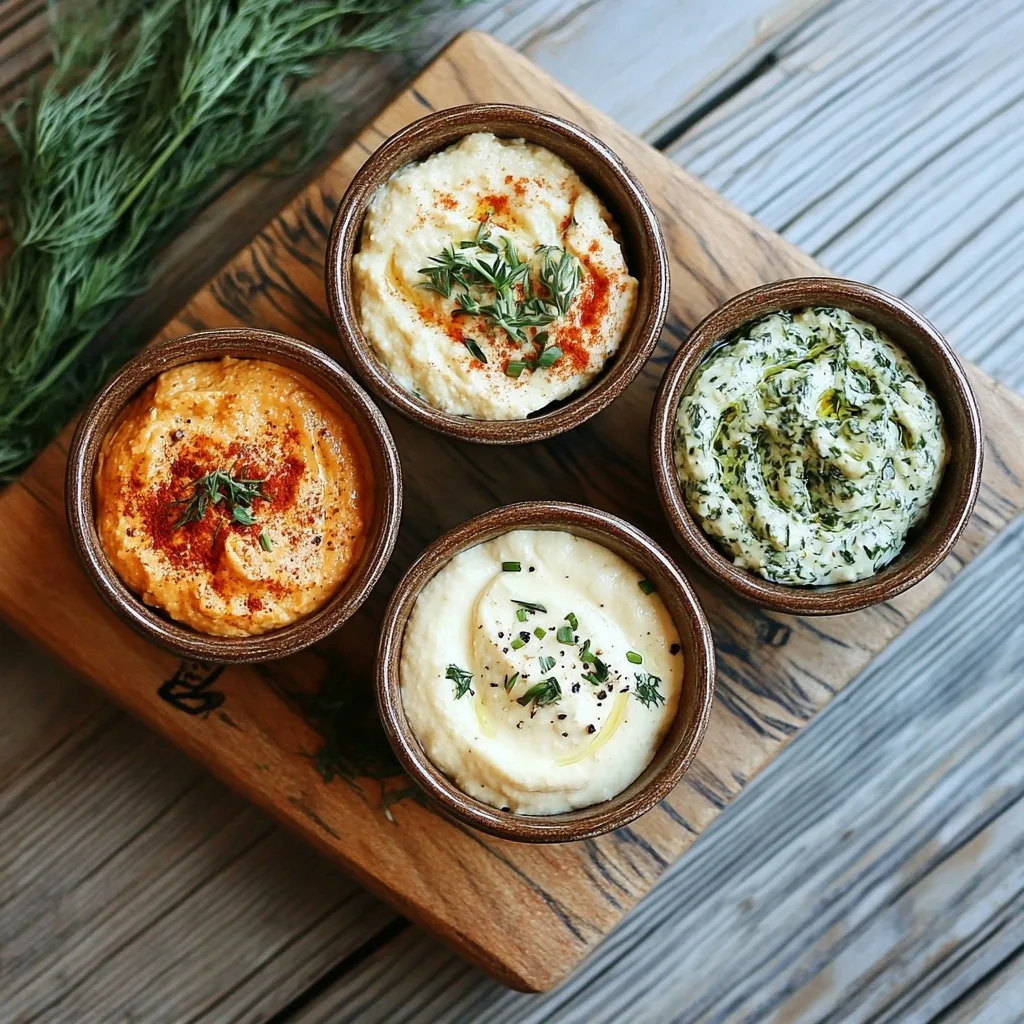
Craving something tangy and refreshing? Give my dairy-free ranch dressing a try — it’s the perfect dip for veggies, chips, or just about anything.
Troubleshooting Cashew Cheese
I’ve definitely had a few batches go sideways over the years — so if yours doesn’t come out perfect the first time, don’t worry. Here are a few quick fixes for the most common issues:
My cashew cheese is grainy.
This usually means the cashews weren’t soaked long enough, or your blender needs a little help. Try soaking longer next time, or blending a bit longer with a splash more water.
It turned out too runny.
I’ve been there. Just add a few more cashews and blend again to thicken it up. Or, let it chill in the fridge for an hour — it firms up a lot as it rests.
It tastes too tangy or salty.
Dial back the lemon juice or salt next time. You can also balance the flavors with a tiny drizzle of maple syrup — I do this when I want a more mellow finish.
My blender can’t get it smooth.
If you’re using a lower-powered blender or food processor, blend in smaller batches or pulse a few extra times. It might not get silky smooth, but it’ll still taste great.
How to Use Cashew Cheese
Honestly, I find new ways to use this stuff every week — it’s that versatile. Once you’ve got a batch ready, here are some of my favorite ways to enjoy it:
- Spread it on toast or bagels – I love it as a dairy-free replacement for cream cheese in the mornings.
- Use it as a dip – Perfect with sliced cucumbers, bell peppers, crackers, or pita chips.
- Swirl it into pasta – Just thin it out with a splash of pasta water and you’ve got a creamy, cheesy sauce.
- Add it to sandwiches or wraps – It brings so much flavor and richness, especially paired with roasted veggies.
- Dollop it on pizza or flatbread – You won’t miss the mozzarella, I promise.
- Tuck it into stuffed peppers or lasagna – Think of it as a vegan ricotta alternative.
Once you start using it, you’ll get hooked — it’s one of those fridge staples I always miss when I run out.
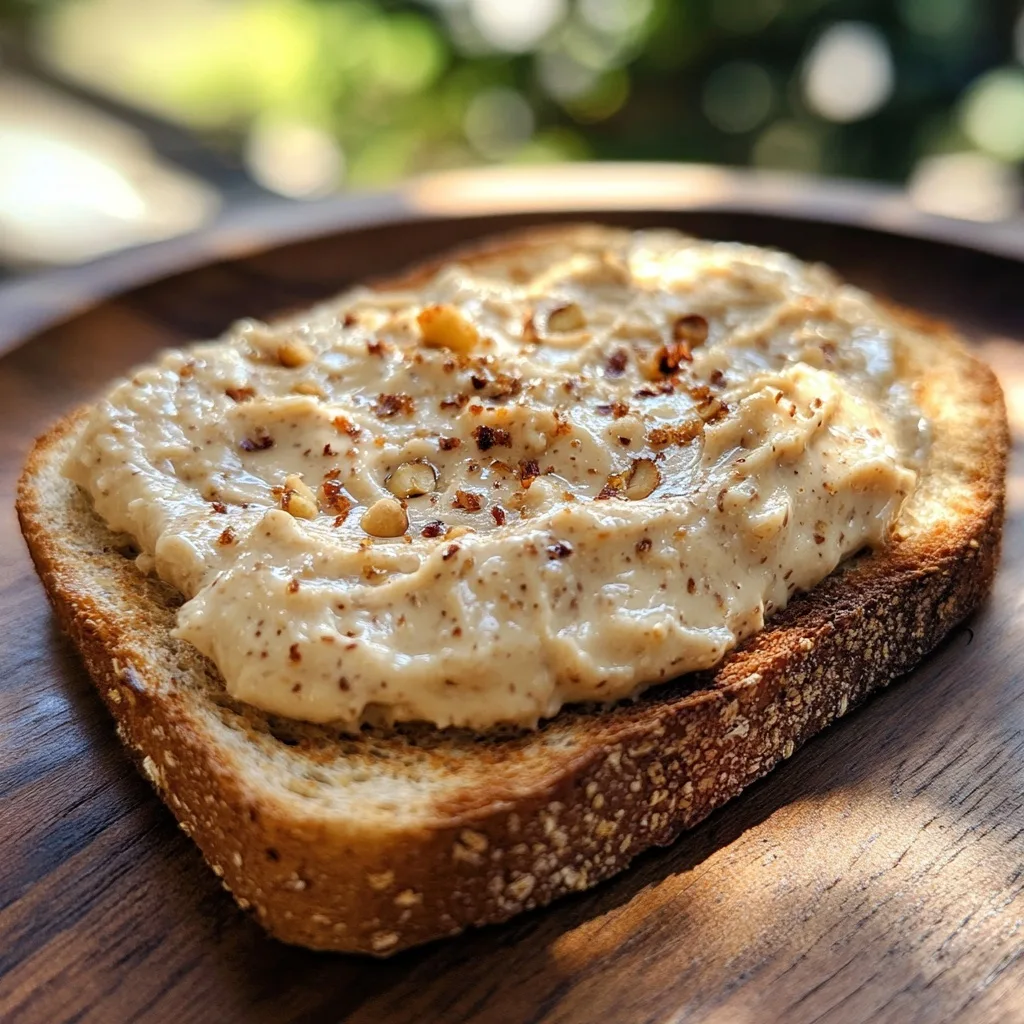
Nutrition Info (Per 2-Tablespoon Serving)
If you’re curious about what’s in each serving, here’s a rough breakdown based on the base recipe. Keep in mind this is just an estimate — actual values may vary slightly depending on your ingredients and quantities.
- Calories: ~90 kcal
- Protein: ~3g
- Total Fat: ~7g
- Carbohydrates: ~5g
- Fiber: ~1g
- Sodium: ~150mg
Note: These numbers are based on the plain version (without add-ins). For detailed nutrition data on cashews, check out the Healthline article on cashew nutrition.
I don’t count macros every day, but I love knowing that this cheese gives me a little protein boost and healthy fats — plus it keeps me full longer than store-bought dips ever did.
Frequently Asked Questions
What do you eat cashew cheese with?
So many things! I love it on bagels, crackers, and toast. It’s also amazing as a pasta sauce, a sandwich spread, or even dolloped on top of roasted veggies or grain bowls.
Does cashew milk taste like cashew?
A little bit, yes — but it’s much more subtle than eating whole cashews. It has a mild, creamy, slightly nutty flavor that works great in both sweet and savory recipes.
Does cashew butter taste like peanut butter?
Not exactly. Cashew butter is milder and a bit sweeter than peanut butter. It’s creamy and smooth with a more delicate flavor, which is why it’s so good for recipes like this one.
What is similar to cashew cheese?
You can get a similar texture from almond-based cheeses or tofu spreads, but cashew cheese has its own richness. If you can’t do nuts, try sunflower seed cheese — it’s a good alternative!
How would you describe cashew flavor?
It’s naturally sweet, buttery, and mild. When blended, cashews become incredibly creamy and neutral enough to take on lots of flavors — perfect for cheese-making!
Why is my cashew cheese grainy?
It’s usually from not soaking the cashews long enough or using a blender that isn’t strong enough. Make sure the cashews are soft and blend a bit longer. A splash more water can help too!
Are cashews sweet or savory?
They’re naturally a little sweet, but super versatile. That’s what makes them perfect for both desserts and savory recipes like this one. Add the right spices and they transform!
Final Thoughts from My Kitchen
And that’s it — my go-to cashew cheese recipe that’s been a total game-changer in my kitchen. Once you try it, I think you’ll see why I keep a jar of this in my fridge at all times. It’s creamy, flavorful, and so easy to customize depending on your mood.
Whether you’re making it for the first time or adding your own spin with herbs or spice, I’d love to hear how it goes! Leave a comment below and let me know how you’re using your cashew cheese — or if you came up with a new flavor combo I should try.
Thanks for being here, and happy blending 💛
Printable Recipe
Cashew Cheese
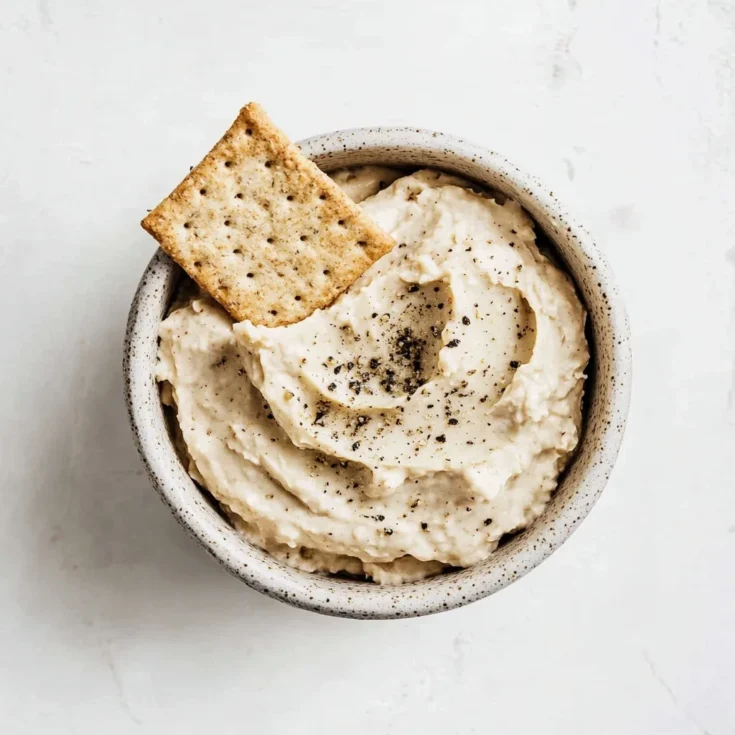
This ultra-creamy vegan cashew cheese is my go-to dairy-free spread. It’s easy to make with just a handful of pantry ingredients, perfect for dipping, spreading, or dolloping into pasta. Customizable, smooth, and absolutely addictive.
Ingredients
- 1 cup (150g) raw cashews
- 1/4 cup (60ml) water, for blending
- 2 tablespoons (15g) nutritional yeast
- 1 tablespoon (15ml) lemon juice
- 1/2 teaspoon (1g) garlic powder
- 1/2 teaspoon (3g) salt
Optional:
- 1/2 teaspoon Dijon mustard
- 1/2 teaspoon smoked paprika
- 1 teaspoon maple syrup, or fresh herbs like dill or parsley (to taste)
Instructions
- Soak cashews in hot water for 15 minutes (or overnight in cool water for a softer blend).
- Drain and rinse well.
- Add cashews, water, lemon juice, nutritional yeast, garlic powder, and salt to a high-speed blender.
- Blend until smooth and creamy, scraping sides as needed.
- Taste and adjust seasoning. Add any optional flavor add-ins at this point.
- Serve immediately or refrigerate for 1–2 hours to thicken. Store in an airtight container for up to 5 days.
Notes
Nutrition Information:
Yield: 12 Serving Size: 2 tablespoonsAmount Per Serving: Calories: 90Carbohydrates: 5gFiber: 1gProtein: 3g
Nutrition information is an estimate based on the base recipe and standard ingredients. Actual values may vary depending on specific brands and optional add-ins.

